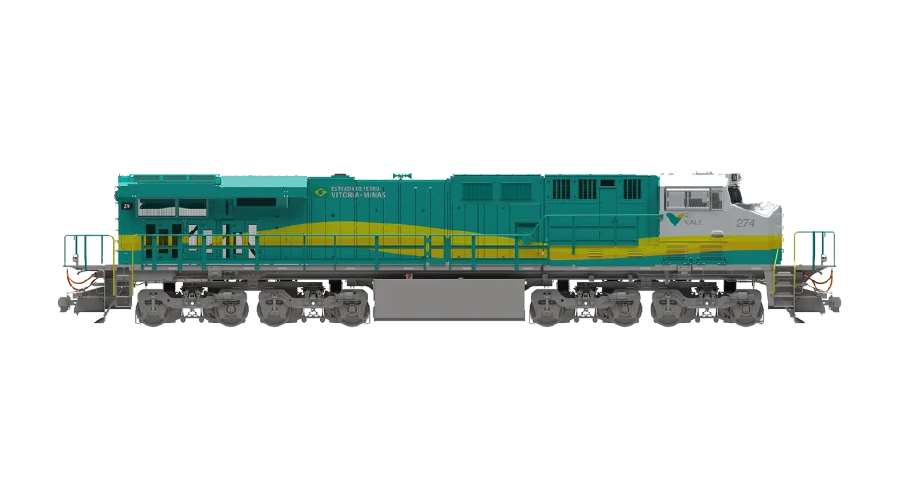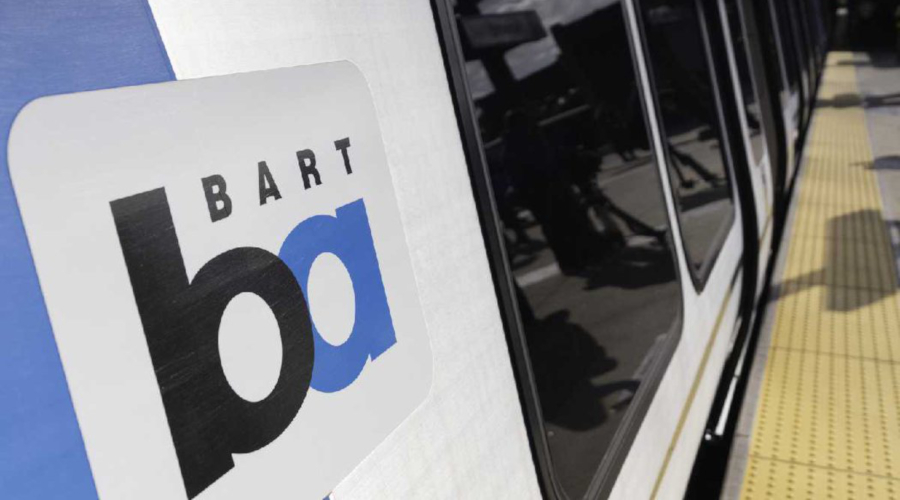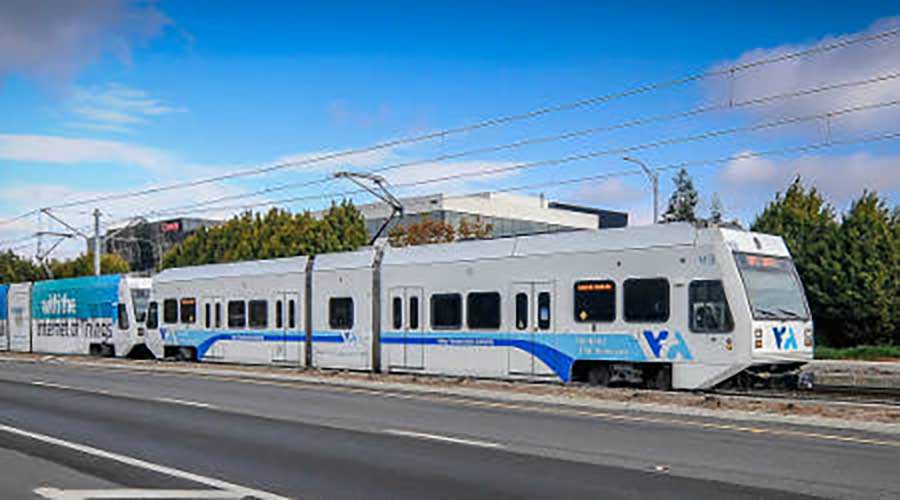Newsletter Sign Up
Stay updated on news, articles and information for the rail industry
Stay updated on news, articles and information for the rail industry
Rail News Home
Rail Industry Trends
Rail News: Rail Industry Trends
The Federal Railroad Administration (FRA) recently handed out nine grants to railroads, universities, research centers and a port to help fund infrastructure improvements and rail research projects.
The FRA issued a $3.75 million grant to the Buffalo & Pittsburgh Railroad to upgrade a portion of a 25-mile spur from Creekside to Cloe, Pa. The short line will install eight miles of track to move coal to a power plant. The Pennsylvania Department of Transportation will provide $937,500 in matching funds.
The FRA also provided a $921,224 grant to the St. Lawrence & Atlantic Railroad to replace three miles of 50-year-old track between North Stratford and Norton, Vt., to accommodate heavier rail cars. The railroad will provide $230,306 in matching funds.
In addition, the Washington State Department of Transportation obtained a $1.98 million FRA grant to improve rail infrastructure at the Port of Olympia. The department — which will provide $142,357 in matching funds — will construct three sidings to increase rail-car storage capacity at the port, and acquire four flat cars and a more powerful rail-car mover to speed loading and unloading processes.
The FRA also provided the following grants:
• $500,000 to the Association of American Railroads’ Railroad Research Foundation to demonstrate a system based on industry standards that’s designed to allow interoperability of different positive train-control systems as a train travels from one railroad’s network to another;
• $495,000 to the Minnesota Valley Regional Rail Authority to upgrade one mile of track near the town of Hamburg;
• $290,000 to the National Research Council of Canada to continue researching various interactions between locomotive and rail-car wheels and tracks, including wheel/rail profiles, wheel/rail friction management, and wheel/rail inspection equipment and procedures;
• $250,000 to Norfolk Southern Railway to demonstrate the effectiveness of hot/cold wheel detector scanners to identify wheel defects caused by abnormal braking conditions;
• $175,000 to the University of California at San Diego to continue developing a method for higher rail inspection speeds and better defect-detection reliability, and ways to predict and identify rail buckles while a train is moving; and
• $150,000 to Union Pacific Railroad to study ways to reduce locomotive emissions and fuel consumption by using freight car-based rail lubrication systems.
9/24/2007
Rail News: Rail Industry Trends
FRA provides nine rail infrastructure/research grants totaling more than $8 million
advertisement
The Federal Railroad Administration (FRA) recently handed out nine grants to railroads, universities, research centers and a port to help fund infrastructure improvements and rail research projects.
The FRA issued a $3.75 million grant to the Buffalo & Pittsburgh Railroad to upgrade a portion of a 25-mile spur from Creekside to Cloe, Pa. The short line will install eight miles of track to move coal to a power plant. The Pennsylvania Department of Transportation will provide $937,500 in matching funds.
The FRA also provided a $921,224 grant to the St. Lawrence & Atlantic Railroad to replace three miles of 50-year-old track between North Stratford and Norton, Vt., to accommodate heavier rail cars. The railroad will provide $230,306 in matching funds.
In addition, the Washington State Department of Transportation obtained a $1.98 million FRA grant to improve rail infrastructure at the Port of Olympia. The department — which will provide $142,357 in matching funds — will construct three sidings to increase rail-car storage capacity at the port, and acquire four flat cars and a more powerful rail-car mover to speed loading and unloading processes.
The FRA also provided the following grants:
• $500,000 to the Association of American Railroads’ Railroad Research Foundation to demonstrate a system based on industry standards that’s designed to allow interoperability of different positive train-control systems as a train travels from one railroad’s network to another;
• $495,000 to the Minnesota Valley Regional Rail Authority to upgrade one mile of track near the town of Hamburg;
• $290,000 to the National Research Council of Canada to continue researching various interactions between locomotive and rail-car wheels and tracks, including wheel/rail profiles, wheel/rail friction management, and wheel/rail inspection equipment and procedures;
• $250,000 to Norfolk Southern Railway to demonstrate the effectiveness of hot/cold wheel detector scanners to identify wheel defects caused by abnormal braking conditions;
• $175,000 to the University of California at San Diego to continue developing a method for higher rail inspection speeds and better defect-detection reliability, and ways to predict and identify rail buckles while a train is moving; and
• $150,000 to Union Pacific Railroad to study ways to reduce locomotive emissions and fuel consumption by using freight car-based rail lubrication systems.


 LRW Honors Amtrak’s Acheson As Railway Woman Of The Year
LRW Honors Amtrak’s Acheson As Railway Woman Of The Year
 From Editor-In-Chief Foran: Of Gender Equity And Inclusion
From Editor-In-Chief Foran: Of Gender Equity And Inclusion
 Spotlight On Some Of Today’s Rail Safety Products
Spotlight On Some Of Today’s Rail Safety Products
 Women of Influence in Rail eBook
Women of Influence in Rail eBook
 railPrime
railPrime








